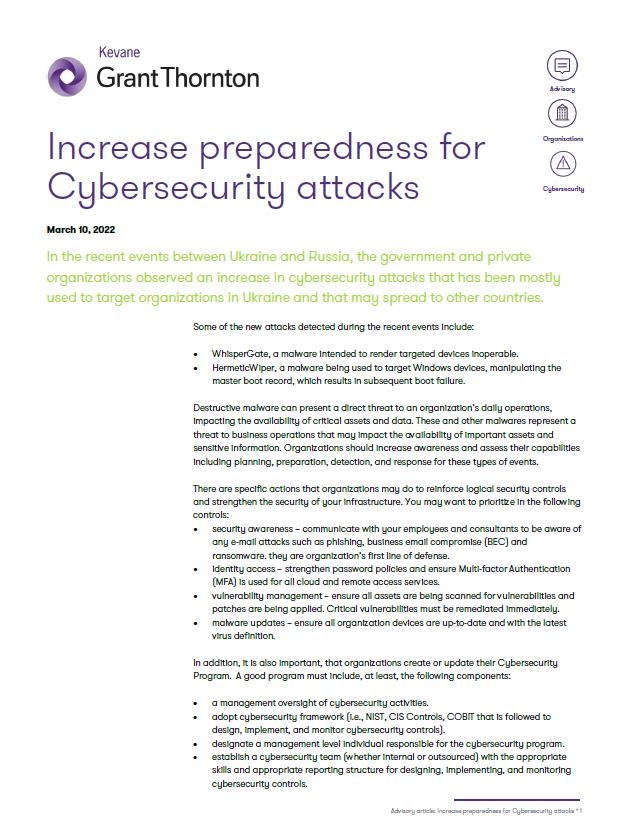-
Financial statements audits
Financial statement audits
-
Compliance audits
Compliance audits
-
Compilations and reviews
Compilations and audit
-
Agreed-upon procedures
Agreed-upon procedures
-
Tax compliance
Business Tax
-
Global mobility services
Through our global organisation of member firms, we support both companies and individuals, providing insightful solutions to minimise the tax burden for both parties.
-
Sales and use tax and indirect taxes
SUT/ VAT & indirect taxes
-
Tax incentives
Navigating the complex landscape of tax incentives in Puerto Rico can be challenging. Whether you're looking to benefit from the Export Services Act (Act 20), the Individual Investors Act (Act 22), or other incentives under Act 60, we provide tailored advice to help you maximize your tax benefits and ensure compliance. Let us help you unlock the potential of doing business in Puerto Rico.
-
Transfer Pricing
The laws surrounding transfer pricing are becoming ever more complex, as tax affairs of multinational companies are facing scrutiny from media, regulators and the public
-
International Business Center
Kevane Grant Thornton is an International Business Center within the Grant Thornton network. Our expert team provides integrated solutions to help Puerto Rico businesses navigate the complex issues that arise when developing global businesses.

-
Business consulting
Our business consulting services can help you improve your operational performance and productivity, adding value throughout your growth life cycle.
-
Business Risk Advisory
Risk is inevitable but manageable. We deliver relevant, timely and practical advices to aid organizations manage risk and improve business performance. We can help you identify, understand and manage potential risks to safeguard your business and comply with regulatory requirements.
-
Technology Advisory
We provide comprehensive solutions to safeguard your business and ensure operational resilience and compliance. Our expert team offers a range of technology advisory services designed to address your cybersecurity needs, enhance business continuity, and manage security effectively.
-
Transactional advisory services
Transactions are significant events in the life of a business – a successful deal that can have a lasting impact on the future shape of the organizations involved. Because the stakes are high for both buyers and sellers, experience, determination and pragmatism are required to bring deals safely through to conclusion.
-
Forensic and investigative services
At Grant Thornton, we have a wealth of knowledge in forensic services and can support you with issues such as dispute resolution, fraud and insurance claims.

Some of the new attacks detected during the recent events include:
- WhisperGate, a malware intended to render targeted devices inoperable.
- HermeticWiper, a malware being used to target Windows devices, manipulating the master boot record, which results in subsequent boot failure.
Destructive malware can present a direct threat to an organization’s daily operations, impacting the availability of critical assets and data. These and other malwares represent a threat to business operations that may impact the availability of important assets and sensitive information. Organizations should increase awareness and assess their capabilities including planning, preparation, detection, and response for these types of events.
There are specific actions that organizations may do to reinforce logical security controls and strengthen the security of your infrastructure. You may want to prioritize in the following controls:
- security awareness – communicate with your employees and consultants to be aware of any e-mail attacks such as phishing, business email compromise (BEC) and ransomware. they are organization’s first line of defense.
- identity access – strengthen password policies and ensure Multi-factor Authentication (MFA) is used for all cloud and remote access services.
- vulnerability management – ensure all assets are being scanned for vulnerabilities and patches are being applied. Critical vulnerabilities must be remediated immediately.
- malware updates – ensure all organization devices are up-to-date and with the latest virus definition.
In addition, it is also important, that organizations create or update their Cybersecurity Program. A good program must include, at least, the following components:
- a management oversight of cybersecurity activities.
- adopt cybersecurity framework (i.e., NIST, CIS Controls, COBIT that is followed to design, implement, and monitor cybersecurity controls).
- designate a management level individual responsible for the cybersecurity program.
- establish a cybersecurity team (whether internal or outsourced) with the appropriate skills and appropriate reporting structure for designing, implementing, and monitoring cybersecurity controls.
- periodic assessment of the information technology (IT) environment for cybersecurity threats and vulnerabilities including, but not limited to, performing vulnerability and penetration testing.
It is also particularly important that upper management is in constant communication with the Cybersecurity team and that software vendors ensure active monitoring in order to make sure security controls are established and working as intended. In addition, the Incident Response Plan should be reviewed to ensure that new possible attack scenarios are identified, and response scenarios documented with possible response activities are discussed and approved.
The following is a list of resources that can help you increase your Cybersecurity controls and awareness:
- CyberSecurity & Infrastructure Security Agency (Homepage | CISA)
- National Institute of Standards and Technology (NIST) – Cybersecurity
- Center for Internet Security (CIS) – CIS Critical Security Controls v8
- National Institute of Standards and Technology (NIST) – Computer Security Incident Handling Guide
Resource:
Destructive Malware Targeting Organizations in Ukraine | CISA




